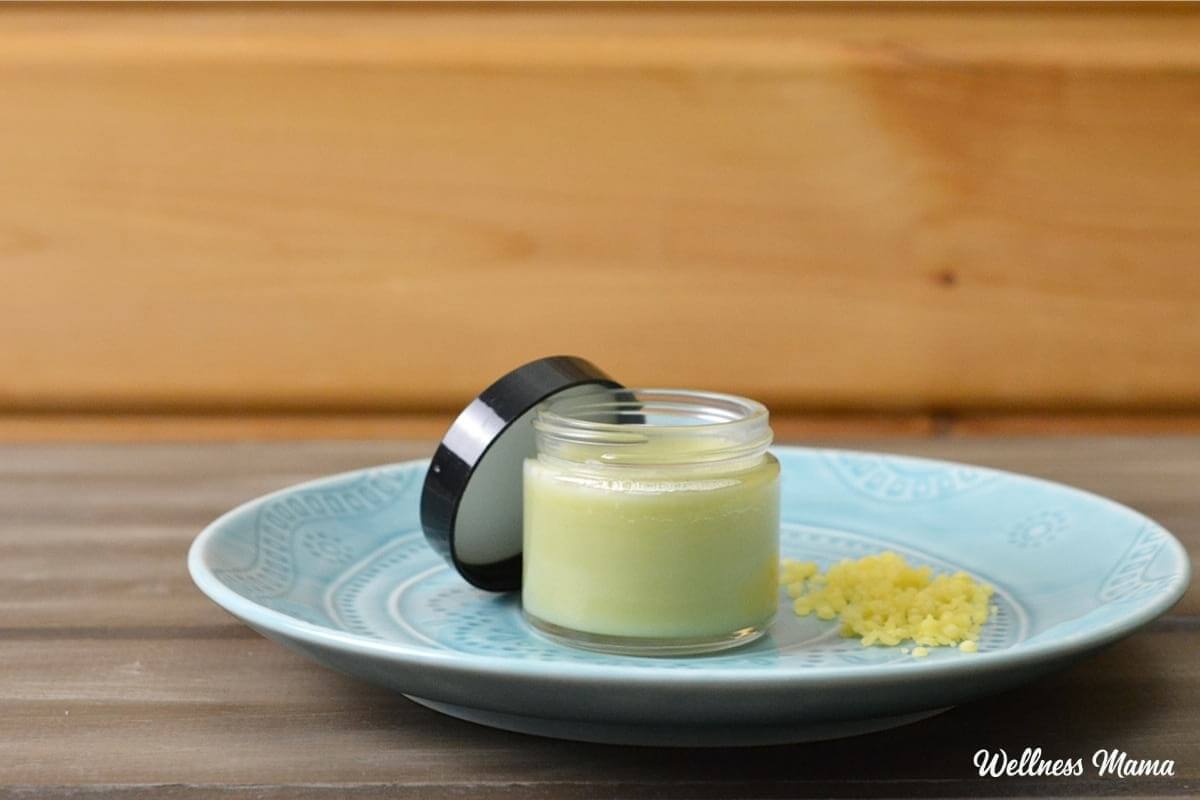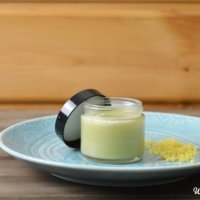Chickweed is one backyard herbal remedy that’s good in salad and doubles as a skin salve. You’ll often spot its white flowers poking up through the grass in early spring. Read on to see how to make a chickweed salve (and why you’d want to!).
Chickweed Benefits
Like many other weedy spring plants, chickweed is a nutritive and cleansing herb. I like to think nature knows we could all use a spring cleaning after long winter months! Chickweed has a wide variety of nutrients, including:
- vitamins A, C, E, and B complex
- calcium
- iron
- magnesium
- manganese
- phosphorous
- potassium
- silicon
- zinc
- GLA
- Bioflavonoids
One of the best ways to benefit from chickweed is to eat it in large amounts like any other spring salad. Internally it’s used to help moisten dry tissues and soothe inflammation throughout the body. People with arthritis find it can help lubricate stiff joints from the inside out. It also has a history of helping move congestion, infection, and cysts in the body.
The Benefits of DIY Chickweed Salve
We can harness the benefits of chickweed all year long in salve form. While it doesn’t work exactly the same as chickweed salad, a salve is beneficial in its own right. Chickweed works both internally and externally to soothe irritation and inflammation. A chickweed salve can help:
- Draw out skin impurities, like pimples
- Pull out splinters, like this black drawing salve
- Ease aching joints
- Soothe itchy, dry, and irritated skin conditions
- Improve damaged skin (cuts, wounds, burns, etc.)
- Soothe hemorrhoids
- Disperse excess fluid and congestion in the body
Foraging for Chickweed
Most stores don’t carry chickweed on their shelves so the best bet is to get it in the wild. This weed likes to grow in patches and is often found in backyards or it can be grown as ground cover.
Chickweed is a low-growing, bushy green plant. The flower petals are star-shaped and have five lobes, each lobe split in two. There’s a line of small hairs running down the stem.
Scarlet Pimpernel looks similar to chickweed, but it’s poisonous. The best way to tell the two apart is to look at the flowers. Chickweed has white flowers, while scarlet pimpernel has orange/red ones.
Prepping for Chickweed Salve
We can use fresh chickweed for salve, but I prefer to dry it first. The high moisture content in this herb can cause the infused oil and salve to spoil faster. An easy way to dry chickweed is to pop it in the dehydrator at a low temp for a few hours.
No dehydrator? Tie the chickweed into bundles and let it hang upside down in a cool, dry place for a few weeks.
There are several ways to make a salve, but one of the fastest is the stovetop method with a double boiler. This also encourages any water in the plant material to evaporate while infusing. I use the stovetop method for my homemade healing salve.
Too busy to forage or it’s not in your area? You can get organic dried chickweed here.
Supplies Needed for DIY Chickweed Salve
DIY Chickweed Salve Recipe
Materials
- ½ cup dried chickweed herb
- 1 cup olive oil or coconut oil
- ¼ cup beeswax pellets grated or chopped
- 20 drops lavender essential oil optional
Instructions
- In the top of a double boiler or a heat safe glass bowl combine the chickweed and oil.
- Place the bowl on top of a pot filled halfway with water, or the double boiler if using. Gently simmer the water on low heat for 3 hours, refilling the water as necessary.
- Strain the herb out and pour the filtered oil into a glass measuring cup. Top it off with a little more oil if needed to get to 1 cup.
- Add the beeswax and oil mixture back to the clean double boiler or glass bowl. Refill the bottom pot with water and stir frequently until the wax is completely dissolved.
- Turn off the heat, add the essential oil if using, and immediately pour the salve into the containers.
This article was medically reviewed by Madiha Saeed, MD, a board certified family physician. As always, this is not personal medical advice and we recommend that you talk with your doctor.
Have you ever used chickweed before? What will you use this chickweed salve for? Drop us a comment and let us know!




Leave a Reply